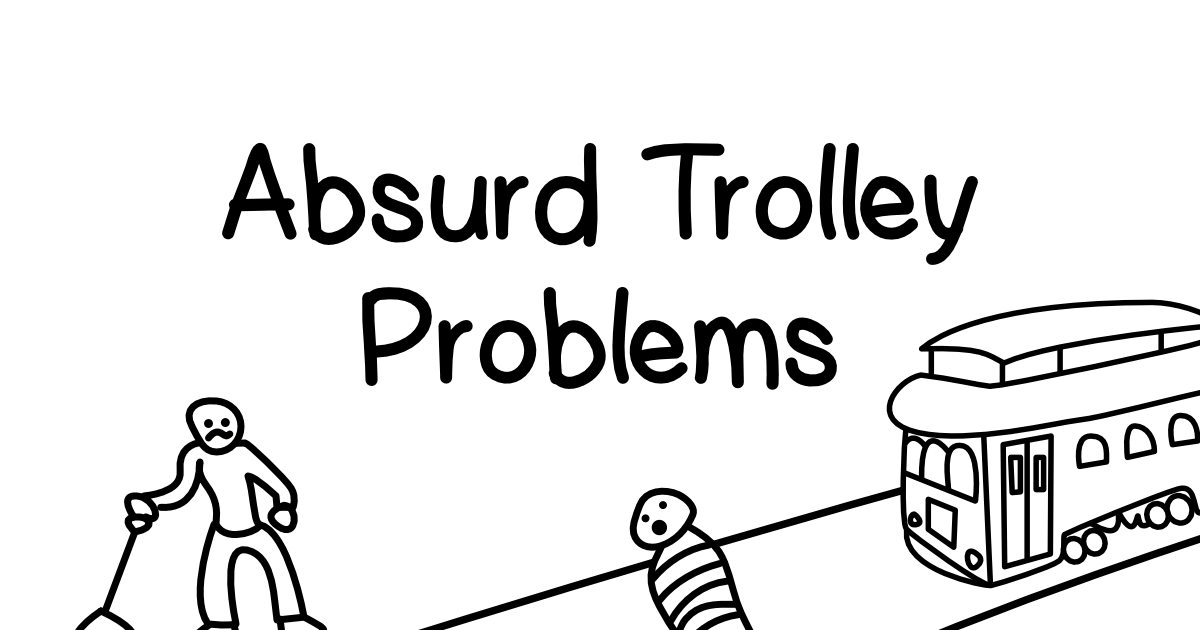- cross-posted to:
- longsch@feddit.de
- cross-posted to:
- longsch@feddit.de
I had a lot of fun with this, and it generated a lot of discussion on a Discord channel that I’m on with some friends. There was a pretty interesting split in the “kill count” between folks who were more utilitarian in their decision making (chose to directly intervene, resulting in fewer deaths) and a couple of people who had higher “kill counts” that were a result of more deontological ethical frameworks (i.e. killing is wrong, and flipping the lever and intervening is killing someone even when the end result is fewer deaths).
It led to some really fun discussions about problems of knowledge in utilitarian ethics. If you have perfect knowledge of a situation, then it’s not that difficult to make an ethical decision. I know that 1 person will die if I flip the switch, but I know that 5 will die if I don’t. However, we rarely have perfect knowledge of the effects of a decision in real life, so consequentialist decision making can be a lot more fraught in the real world, because we may understand the situation wrongly and our decision could result in a bad outcome. That’s why I appreciated the prompts where the results were obscured in some way, such as the one where you have left your glasses at home and so you’re not sure if there really are 5 people on one track and 1 on the other, and the one where the two outcomes are expressed as probabilities. It led me to realize that in real life I tend to operate with a “two-level consequentialist” ethic. I try to base my decisions on their outcomes, but in times or situations where that calculus isn’t possible, I tend to fall back into a sort-of “rule consequentialism”.
I do think that one thing this presentation of the trolley problem does poorly is that it doesn’t emphasize that your choices are between inaction and intervention, i.e. that the outcome of the straight track is the result that would happen if you weren’t present, or if you don’t act, and the outcome of the side track is the result of direct action. This is implied in the whole setup of the Trolley Problem, so somebody who is already familiar with the thought experiment will understand that, but somebody who is only familiar with the more meme-ified version might not understand that the first decision is between whether it is wrong to take direct action to kill someone in order to prevent more deaths. The way that folks arguing against utilitarianism like to frame it is to question whether it would be ethical to kill one healthy person and harvest their organs to save 5 others.
Anyway, all this to say that I really enjoyed this little site for prompting a lot of fun discussion in my friend group.
deleted by creator




